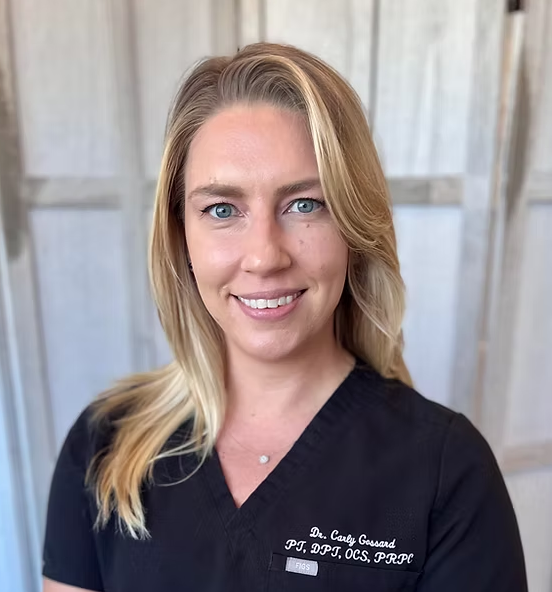
Carly Gossard, PT, DPT, OCS, PRPC
Carly Gossard, PT, DPT, OCS, PRPC
Carly Gossard—Endometriosis Physical Therapist
Summary: Carly Gossard, PT, DPT, OCS, PRPC, is a dedicated endometriosis physical therapist at Empowered Pelvic Health in Montvale, New Jersey. Carly Gossard’s approach emphasizes treating the whole person with a team-based philosophy that integrates orthopedic, pelvic rehabilitation, and movement therapies such as yoga and Pilates. Trained through the Herman and Wallace Pelvic Rehabilitation Institute, Carly Gossard collaborates closely with a trusted network of endometriosis specialists and mental health professionals to provide comprehensive, multidisciplinary care. This collaborative environment ensures that patients receive personalized support tailored to their unique needs. Carly values empowering patients to actively participate in their healing journey, fostering progress and lasting success. Her warm, patient-centered care creates a safe space where individuals feel supported in managing their endometriosis symptoms and improving quality of life.
City: Montvale, New Jersey, USA
Visit types: Office, Hospital
Spoken languages: English, Spanish (clinically fluent)
Interpreting services for other languages: No

Jessica Angowski, PT, DPT, YTT-200
Jessica Angowski, PT, DPT, YTT-200
Jessica Angowski—Endometriosis Physical Therapy
Summary: Jessica Angowski, PT, DPT, YTT-200, is a compassionate endometriosis physical therapist based at Empowered Pelvic Health in Montvale, New Jersey. Jessica Angowski’s holistic approach focuses on both the physical and emotional aspects of endometriosis, creating a safe, supportive environment where patients feel truly heard. Her treatments often include visceral mobilization to enhance pelvic organ mobility and reduce adhesions, myofascial release to ease pelvic floor tension, and tailored pelvic floor strengthening or relaxation exercises. Additionally, Jessica integrates yoga therapy and breathing techniques to improve pelvic mobility and reduce stress, which can worsen symptoms. Education on posture, body mechanics, and lifestyle adjustments empowers patients to manage their symptoms and enhance their quality of life. Jessica Angowski is dedicated to delivering personalized, collaborative care that fosters healing, symptom relief, and overall well-being for every patient’s unique journey.
City: Montvale, New Jersey, USA
Visit types: Office/Hospital
Spoken languages: English
Interpreting services for other languages: No
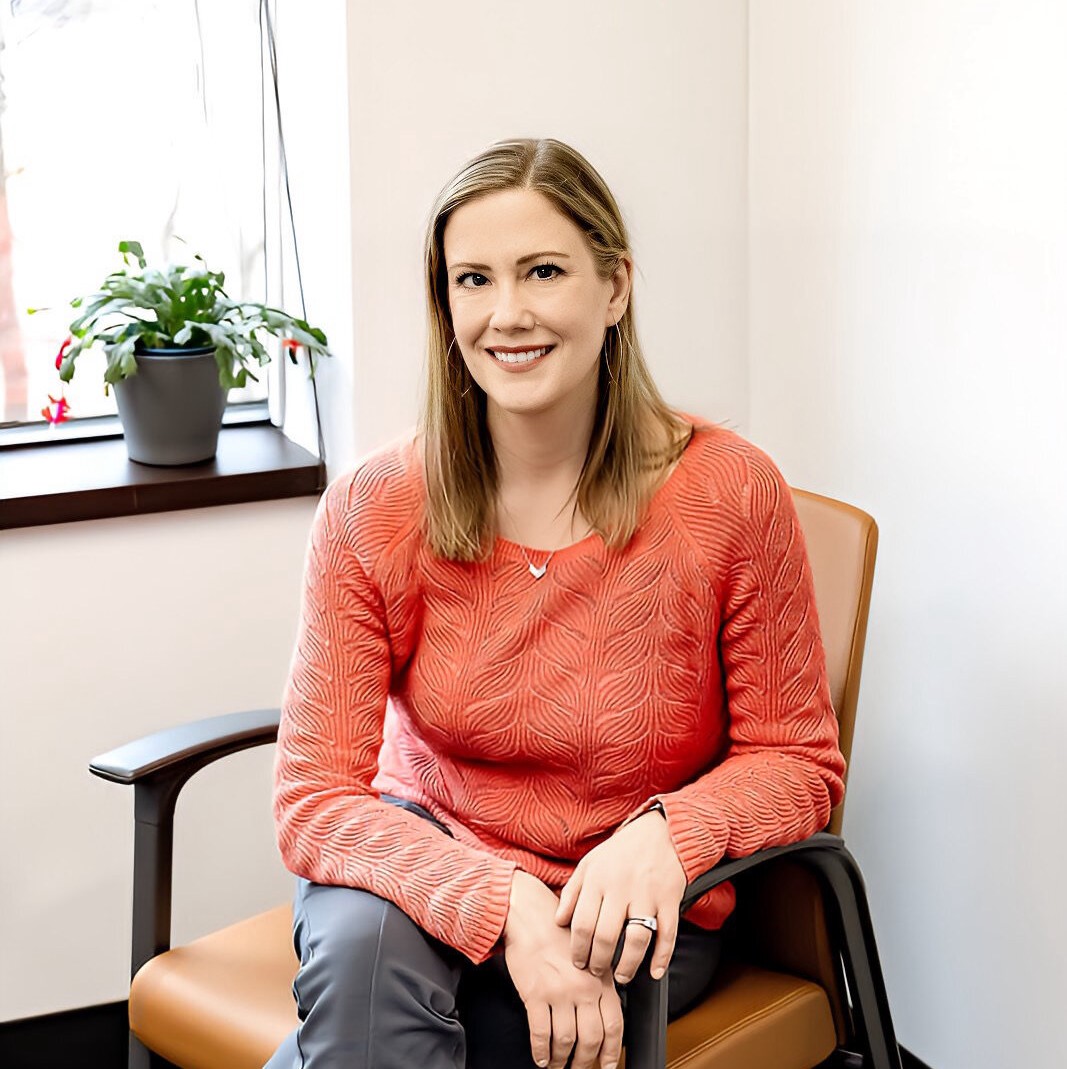
Bethany Hansen, PT, DPT
Bethany Hansen, PT, DPT
Bethany Hansen—Endometriosis Physical Therapist
Summary: Bethany Hansen is a dedicated endometriosis physical therapist based in Edina, Minnesota, committed to providing compassionate, patient-centered care through her practice, Bethany Hansen, LLC. Bethany Hansen, PT, DPT, emphasizes a multidisciplinary approach that combines pelvic floor physical therapy with supportive treatments tailored to each patient’s unique needs. Her expertise includes manual therapy techniques such as deep tissue mobilization, trigger point release, myofascial release, visceral mobilization, and internal pelvic floor work. She also integrates exercise, nervous system calming strategies and collaborates with other healthcare providers like endometriosis excision surgeons, functional medicine dietitians, and acupuncturists. Her holistic, team-based philosophy aims to optimize pain relief, restore function, and improve quality of life for patients navigating the challenges of endometriosis. Patients appreciate her warm, attentive approach and personalized treatment plans that empower them throughout their healing journey.
City: Edina, Minnesota, USA
Visit types: Home, Virtual
Spoken languages: English
Interpreting services for other languages: No
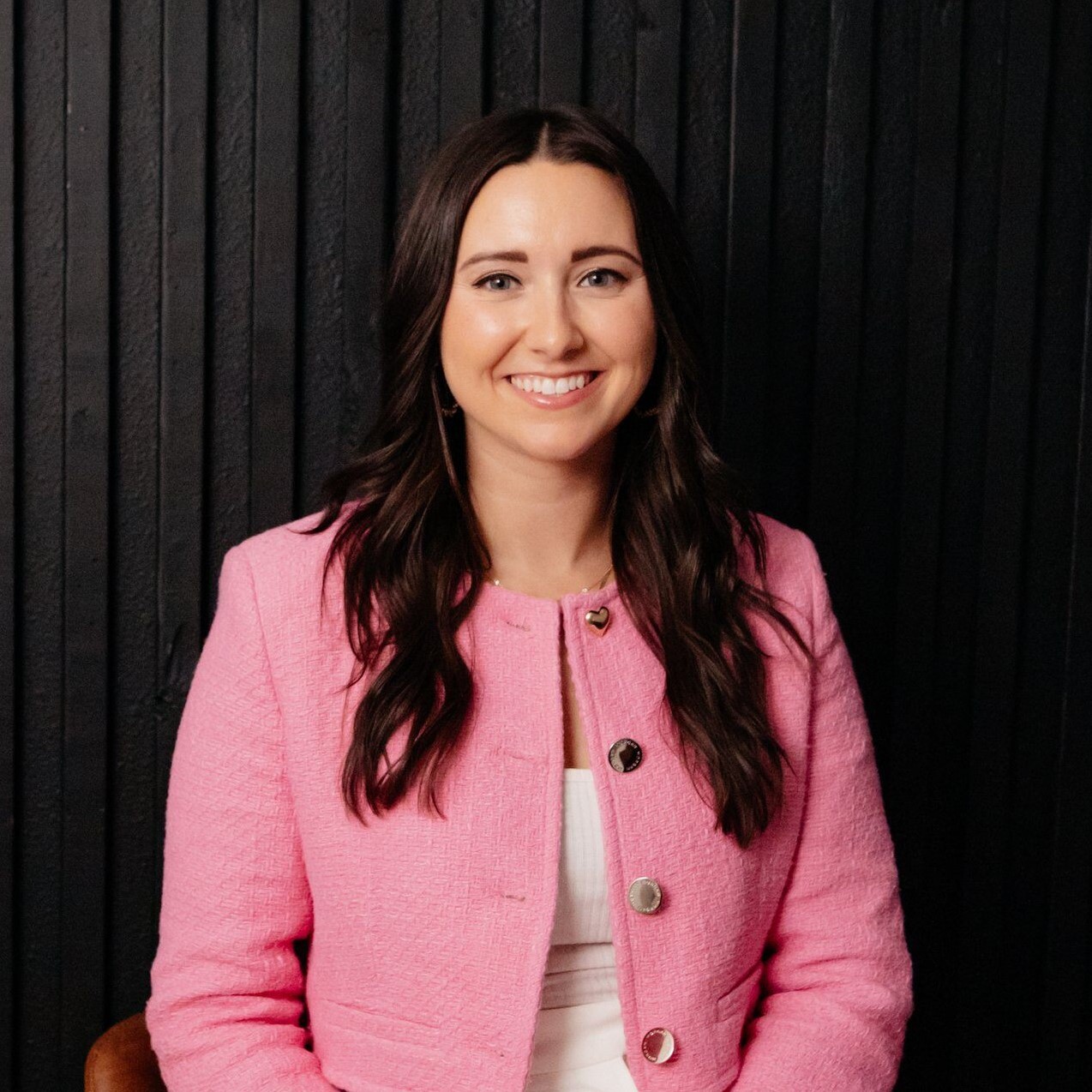
Amelia May, PT, DPT
Amelia May, PT, DPT
Amelia May—Endometriosis Physical Therapist
Summary: Amelia May is a compassionate endometriosis physical therapist based in Denver, Colorado, offering personalized, one-on-one care at Sonder Pelvic Therapy & Wellness. She provides personalized, one-on-one care grounded in a whole-body, movement-focused approach to help individuals with endometriosis reduce pain, restore function, and feel confident in their bodies again.
With a strong orthopedic background integrated seamlessly into pelvic floor care, Amelia specializes in supporting active lifestyles—from runners and lifters to Pilates enthusiasts. Her treatment plans are individualized and evidence-informed, often incorporating functional dry needling, cupping, visceral mobilization, myofascial release, internal pelvic floor work, and customized home programs.
City: Denver, Colorado, USA
Visit types: Home, Virtual
Spoken languages: English
Interpreting services for other languages: No

Bhavti Soni, PT, DPT, PHC
Bhavti Soni, PT, DPT, PHC
Bhavti Soni—Endometriosis Physical Therapist
Summary: Bhavti Soni is a dedicated endometriosis physical therapist in Warren, New Jersey, with over eight years of experience in pelvic health. At Pelvic Elements, Bhavti Soni, PT, DPT, PHC, takes a whole-body approach to endometriosis care—treating not just symptoms, but the person as a whole. She integrates manual therapy, neuromuscular re-education, breathwork, pain science education, and advanced modalities like cold laser and EMG. Fluent in English, Hindi, and Gujarati, Bhavti Soni creates a welcoming, inclusive space where patients feel heard and supported. Her approach combines compassionate listening with evidence-based care, acknowledging the emotional, physical, and systemic complexities of endometriosis. She also collaborates with a range of providers—from gynecologists to therapists—to build truly personalized and multidisciplinary care plans. With Bhavti Soni, patients receive expert guidance on their healing journey and support that meets them wherever they are.
City: Warren, New Jersey, USA
Visit types: Office/Hospital; Virtual
Spoken languages: English, Hindi, Gujarati
Interpreting services for other languages: Yes
A Whole-Body Approach
Endometriosis impacts not only the pelvis but also musculoskeletal function, visceral health, the nervous system, and emotional well-being. My approach integrates evidence-based techniques with a compassionate understanding of how these systems interact. Treatments may include:
Although the biggest tool I have in my toolbox is my ears, “I Listen to the Patient,” Here are a few other techniques, among many others, I use
Manual Therapy: Gentle techniques to release fascial restrictions, improve mobility in the pelvic organs, and reduce adhesions.
Neuromuscular Re-Education: Enhancing motor control and addressing postural imbalances that contribute to pain or dysfunction.
Pain Science Education: Empowering patients to understand their pain and take an active role in their recovery through personalized strategies.
Breathwork and Relaxation Training: Utilizing diaphragmatic breathing to regulate the nervous system, improve core function, and enhance pelvic floor relaxation.
Exercise Prescription: Develop tailored movement programs to build strength, flexibility, and resilience while respecting the body’s limits.
Modalities: I pride myself on having the best evidence modalities out there, whether it’s a cold laser, shockwave, or imaging ultrasound for biofeedback, or EMG, among many others. But I still believe the second best tool I have is my hands 🙂 after my ears.
Collaborative Care
Endometriosis often requires a multidisciplinary approach, and I value collaboration with other healthcare providers, including gynecologists, pain management specialists, dietitians, mental health therapists, and acupuncturists. By working together, we can address all facets of the condition, from hormonal imbalances to emotional stressors and systemic inflammation.
Patient-Centered Care
Every patient’s journey with endometriosis is unique. My goal is to create a safe, empowering space where patients feel heard and supported. I strive to educate and collaborate with each individual, ensuring that their treatment plan aligns with their goals, lifestyle, and personal values.
Healing from endometriosis is a journey, and I am committed to walking alongside my patients, helping them reclaim their quality of life through integrative, compassionate, and evidence-informed care. Together, we aim to foster resilience, manage pain, and restore function for a healthier, more vibrant life.

Caroline Arbour, PT, DPT
Caroline Arbour, PT, DPT
Caroline Arbour—Endometriosis Physical Therapist
Summary: Caroline Arbour is an experienced endometriosis physical therapist based in Montreal, Quebec. With 18 years as a PT and 14 years specializing in women’s pelvic health, Caroline Arbour, PT, DPT, brings a deeply holistic and compassionate approach to care. She recognizes the complex, multidimensional nature of pelvic pain and prioritizes validating each patient’s experience. Her treatments often include breathwork, mindfulness, gentle movement, visceral and myofascial release, and yoga therapy. Caroline Arbour takes time to understand her patients’ stories, beliefs, and goals to provide personalized care rooted in education and empowerment. Her dedication extends beyond the clinic—she is the author of a 2023 book exploring how women’s pain is often dismissed and how culture, language, and history shape that experience. Patients working with Caroline Arbour find not only physical support but also an advocate who sees and hears them fully.
City: Montreal, Quebec, Canada
Visit types: Office/Hospital; Virtual
Spoken languages: French and English
Interpreting services for other languages: No
More specifically, I spend a lot of time talking with my patients to help me understand their journey and identify their needs, beliefs, goals, etc.
I evaluate and treat using breathwork, mindfulness approaches, gentle and progressive exercises, visceral and myofascial release techniques, and yoga therapy. I have also done a lot of courses on pain system sensitization and centralization. A lot of education is always offered to my patients; resources are shared, and explanations of the pain system, the condition, and the role of the multiple dimensions of pain (bio, psycho, social, cultural, etc)
I have also written a book (an essay)—published in 2023—called “Habiter nos corps / Pour en finir avec la banalisation de la douleur des femmes.” In this book, I research, explore, and share about the multiple dimensions of pain, the history of women’s health, sociology, language, and other cultural aspects contributing to pain (by invalidating it, for example).
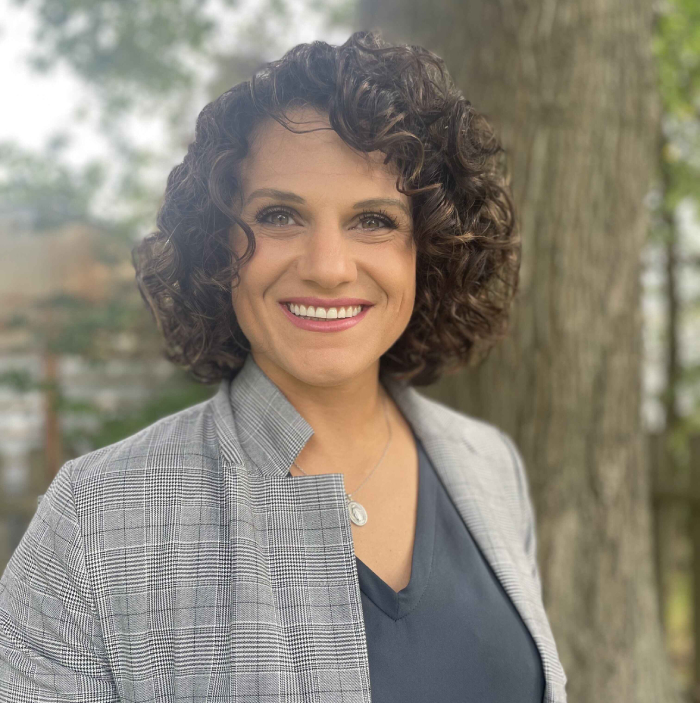
Jillian Lipari, PT, DPT
Jillian Lipari, PT, DPT, CSCS, PCES, Cert-DN
Jillian Lipari—Endometriosis, Physical Therapist
Summary: Jillian Lipari is a dedicated endometriosis physical therapist based in Bedminster, New Jersey. At Ethos Pelvic Health and Wellness, Jillian Lipari, PT, DPT, provides trauma-informed care that prioritizes each patient’s unique experience and needs. Her sessions are tailored and may include visceral mobilization, dry needling, soft tissue and cranial work, internal myofascial release, and somatic movement strategies. Jillian emphasizes nervous system regulation and patient education, particularly around the brain’s fear and trauma responses. She believes in building a strong therapeutic alliance and collaborating with the patient’s broader care team to ensure holistic, well-rounded support. Jillian Lipari’s approach is compassionate, empowering, and grounded in both clinical skill and emotional understanding, helping patients feel safe, supported, and involved in their healing journey.
City: Bedminster, NJ, USA
Visit types: Office/Hospital
Spoken languages: English
Interpreting services for other languages: No

Abigail Daunis, PT, DPT
Abigail Daunis, PT, DPT
Abigail Daunis—Endometriosis Physical Therapist
Summary: Abigail Daunis is a compassionate endometriosis physical therapist based in Nashville, Tennessee. At Peak Tempo PT, Abigail Daunis, PT, DPT, offers individualized, evidence-based care that begins with truly listening to each patient’s goals and concerns. Her treatment approach includes a combination of manual therapy, therapeutic exercise, dry needling, and, when appropriate, internal vaginal muscle release and cupping. Abigail focuses on creating a supportive, respectful environment where patients feel heard and empowered. With a deep understanding of the physical and emotional toll of endometriosis, she tailors every plan to reduce pain, improve pelvic function, and support long-term healing. Abigail Daunis is committed to helping her patients regain control over their health and feel confident throughout their physical therapy journey.
City: Nashville, TN, USA
Visit types: Office/Hospital/At Home; Virtual
Spoken languages: English
Interpreting services for other languages: No
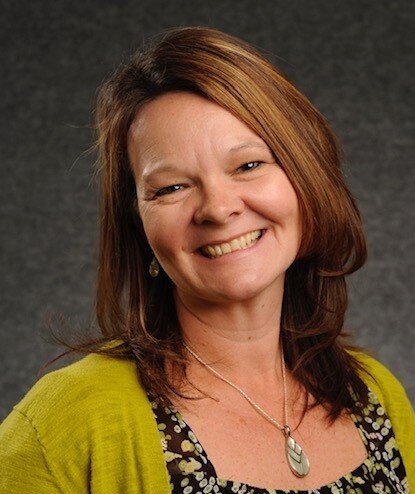
Jill Cramp, PT, DPT
Jill Cramp, PT, DPT
Jill Cramp—Endometriosis Physical Therapist
Summary: Jill Cramp is a compassionate and trauma-informed endometriosis physical therapist based in Poland, Maine. At Saco Bay Orthopedic and Sports Physical Therapy, Jill Cramp, PT, DPT, provides individualized care that begins with truly listening. She understands the challenges many patients face with delayed diagnoses and seeks to create a safe, validating space for healing. Her treatment focuses on relieving bladder, bowel, and sexual symptoms through a personalized blend of breathwork, visceral and myofascial mobilization, dry needling, and targeted exercises. Jill emphasizes the power of movement and education to reduce inflammation and support long-term wellness. With deep clinical expertise and a patient-first mindset, Jill Cramp helps individuals with endometriosis feel seen, supported, and empowered in their care journey.
City: Poland, ME, USA
Visit types: Office
Spoken languages: English
Interpreting services for other languages: Yes

Kelly Djernes, PT, DPT
Kelly Djernes, PT, DPT
Kelly Djernes—Endometriosis Physical Therapist
Summary: Kelly Djernes is a skilled endometriosis physical therapist based in Omaha, Nebraska, offering compassionate, whole-body care at Nebraska Core + Pelvic Therapy. Kelly Djernes, PT, DPT, believes in addressing the full spectrum of systems impacted by endometriosis, using evidence-based treatments to reduce pain and restore function. Her approach blends therapeutic movement, neuromuscular re-education, manual therapy techniques—including cupping, myofascial release, dry needling, and visceral mobilization—and personalized self-care strategies. Kelly creates a warm, supportive environment where patients feel heard, informed, and empowered to make confident choices about their care. With a focus on education and collaboration, Kelly Djernes guides each patient toward long-term relief and improved quality of life. Her dedication to treating the whole person ensures that care is as individualized as the people she serves.
City: Omaha, NE, USA
Visit types: Office/Hospital
Spoken languages: English
Interpreting services for other languages: No

Adriana Patricia Ramon Figueroa, PT
Adriana Patricia Ramon Figueroa, PT
Adriana Patricia Ramon Figueroa—Endometriosis Physical Therapist
Summary: Adriana Patricia Ramon Figueroa is a dedicated endometriosis physical therapist based in Montreal, Quebec, offering compassionate, evidence-based care at VActive Rehabilitation Center. Adriana Patricia Ramon Figueroa, PT, provides a holistic and personalized approach, addressing not just physical symptoms but also the emotional and social challenges of living with endometriosis. She creates individualized treatment plans that prioritize pain relief, improved function, and long-term quality of life. Fluent in English, Spanish, and French, Adriana fosters open communication and patient empowerment through education and collaboration. Her care includes mindfulness techniques, targeted exercises, and preventative strategies to manage symptoms and support overall well-being. With a deep commitment to empathy and support, Adriana Patricia Ramon Figueroa helps patients take an active role in their healing journey and feel truly seen, heard, and cared for every step of the way.
City: Montreal, Quebec, Canada
Visit types: Office/Hospital
Spoken languages: English, Spanish, and French
Interpreting services for other languages: No
Holistic Approach Treating endometriosis considers the emotional, psychological, and social aspects of the patient’s life. This comprehensive approach ensures that all factors contributing to the patient’s condition are managed.
Patient-Centered Care: Focusing on the individual needs and goals of the patient is crucial. Treatment plans should be personalized, taking into account the patient’s unique symptoms, lifestyle, and preferences. Open communication and active patient involvement in decision-making are essential.
Evidence-Based Practice: Utilizing treatment methods and interventions that are supported by scientific research and clinical evidence ensures the highest standard of care.
Empowerment Through Education: Educating patients about their condition, treatment options, and self-management strategies empowers them to take an active role in their care. Knowledge about endometriosis and its management can help patients make informed decisions and improve their quality of life. ### Focus on Function and Quality of Life The ultimate goal is to improve the patient’s overall function and quality of life. This involves not only reducing pain but also enhancing physical abilities, emotional well-being, and social participation
Preventative and Maintenance Strategies: Develop long-term strategies to prevent symptom flare-ups and maintain improvements gained during treatment. This may include lifestyle modifications, ongoing exercise programs, and regular follow-up appointments.
Compassionate and Supportive Care: Providing care with empathy, understanding, and support, recognizing the challenges and frustrations that come with living with a chronic condition like endometriosis. Creating a supportive environment can significantly impact the patient’s treatment experience and outcomes.
Introducing different ways to manage endometriosis pain, such as mindfulness, meditation, exercise, and repetitive movement strategies (McKenzie).
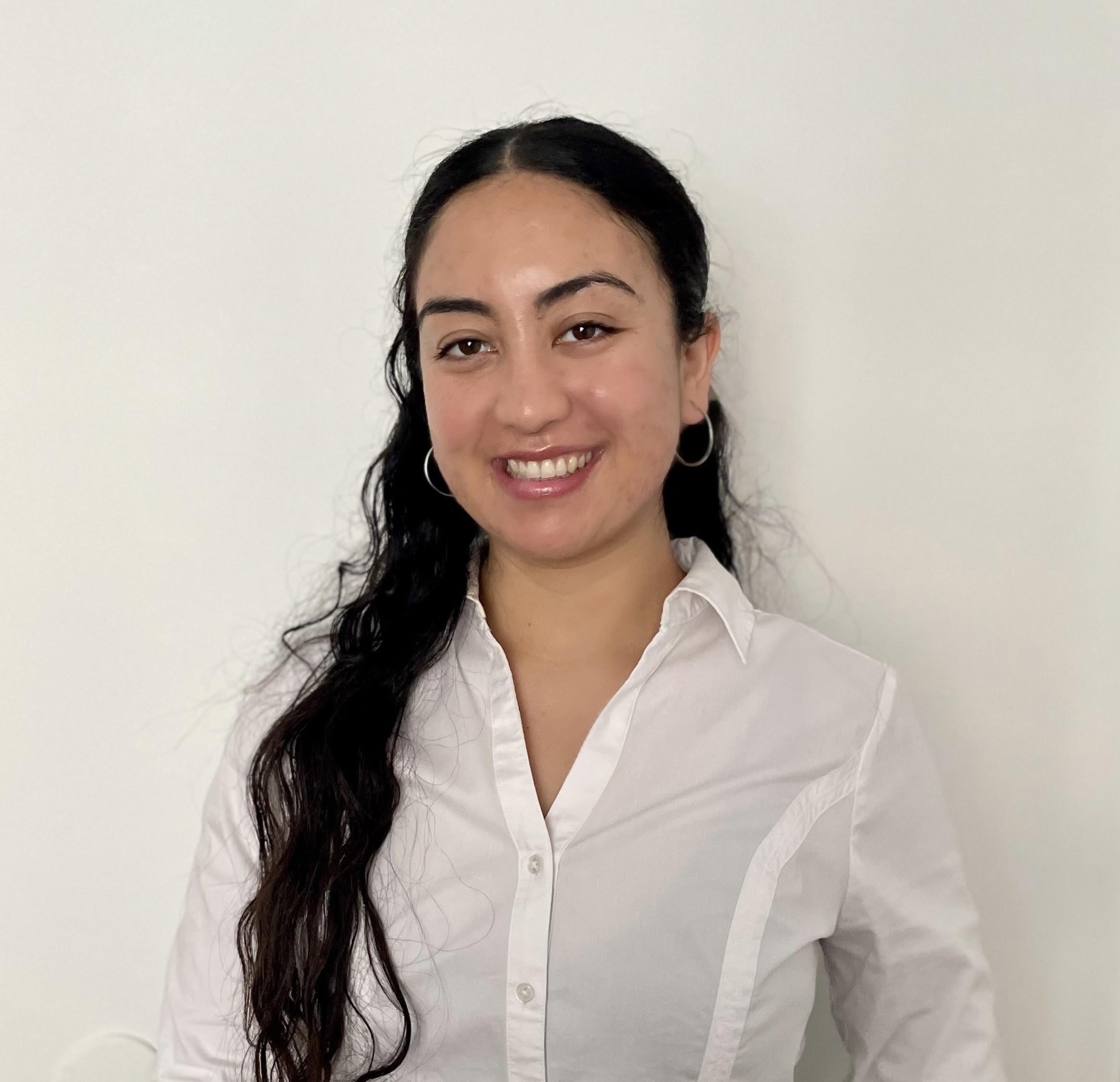
Kristen Munoz, PT, DPT
Kristen Munoz, PT, DPT
Kristen Munoz—Endometriosis Physical Therapist
Summary: Kristen Munoz is a compassionate and experienced endometriosis physical therapist based in New York City. At Body Harmony Physical Therapy, Kristen Munoz, PT, DPT, takes a whole-body approach to care, blending yoga, Pilates, and hands-on techniques to support patients with chronic pelvic pain and endometriosis. Her treatment style is gentle, integrative, and deeply patient-centered, focusing on improving pelvic stability, relieving visceral pain, and restoring bladder and bowel function. Kristen empowers her patients through personalized movement, mindfulness, and lifestyle strategies, helping them feel supported and in control of their healing journey. Her unique blend of clinical expertise and holistic philosophy provides effective, long-term relief while addressing the emotional and physical toll of endometriosis. Kristen Munoz works closely with each individual to create a sense of harmony, reduce stress, and improve quality of life.
City: New York, NY, USA
Visit types: Office/Hospital
Spoken languages: English and Spanish
Interpreting services for other languages: No

